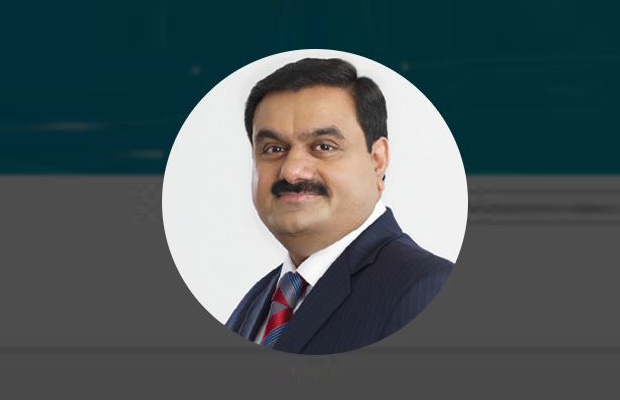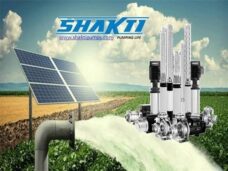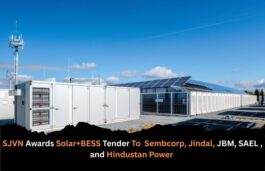
Talking to the media after announcing the formal go ahead for the world record win for Adani Green Energy Limited, group founder and Chairman Gautam Adani made some very interesting observations on the future of solar manufacturing equipment in India.
According to him, the share of Chinese origin imports could be brought down to zero from the current levels (80-90 percent) over the next 4 -5 years. His words matter, because not only is the group well on course to be the largest solar developer in India, with a target of 25 GW by 2025, it is also primed to be the number one manufacturer of cells and modules, thanks to the 2 GW of manufacturing capacity it will add through the same tender.
Experience and size means the Adani group will always get first dibs at access to potential equity and strategic partners for solar equipment manufacturing. Mr Adani repeatedly referred to their existing track record with another global commodities player Wilmar, and recently with the French energy major Total , as examples of their ability to manage JV’s well.
While there can be hardly any substantial argument against becoming self reliant for India, unless the Chinese government is subsidizing exports to a level where it makes more sense to import than make in India, it is also important for India to have a diversified manufacturing base. At the moment, the Adani group seems to be the only corporate of substance willing and able to invest in manufacturing. Like a unipolar world, a market dominated to this extent by a single manufacturer cannot be ideal.
Take for example Mr Adani’s assertion that to compete with China, there are costs involved. Costs that have to be paid by someone eventually. He was quoted as saying, “So as a country, we have to be prepared to pay a little more for self-reliance. How to pay? The government cannot give cash incentives, so there has to be policy intervention such as safeguard duty, anti-dumping duty, customs duty,” It’s a view that has wide acceptance. In fact, even the celebrated 8 GW win for Adani Green became possible only after the tariff ceiling on the solar projects linked to it was raised to Rs 2.93 paise kWh, even as preceding projects were won at prices between Rs 2.44 kWh to Rs 2.80 kwh .
In this country, we have seen a distressing tendency where costs once added to kickstart or encourage projects, become remarkably sticky, long after the initial purpose has been served. The national highways cess, airport user charges, highway tolls, the bigger the project, the more sticky these extra charges and their ‘permanent’ nature. Thus, the issue of how is as important as how long. Sunset clauses are a must , where public money is involved, Or where the end consumer pays, as has happened so distressingly with idle thermal plants being paid for no reason other than poor power demand forecasting by discoms. Madhya Pradesh has already made a questionable call in that area recently, coincidentally for a coal project this time, with Adani Power.
The Adani group has a proud record of winning in open auctions, and more importantly, delivering projects where many firms are struggling today. That, and the group’s unquestioned interest and investments in the sector give them a right to have their voice heard seriously. But to become the only dominant voice carries risks that should be taken into account to.
Issues like access to funding, incentives to modernise, (with or without foreign partnerships), or even encouraging global Chinese majors to establish manufacturing facilities in India are worth discussions too. It is no secret that Chinese majors like Jinko, Longi, or Tongwei with global scale capacities have some of the best manufacturing practices too, and with targets like 450 GW by 2030, there is every reason for them to take a second look at India as a manufacturing opportunity, given the right reasons and environment.
To give just one example, in the inverters space, some of the biggest investors in manufacturing have been China based majors, be it Sungrow, or TBEA and others. Other firms, be it from South Korea or Taiwan, are also fighting well in global markets, and it is important to explore why the Indian market should, or does not interest them enough for manufacturing here.



























